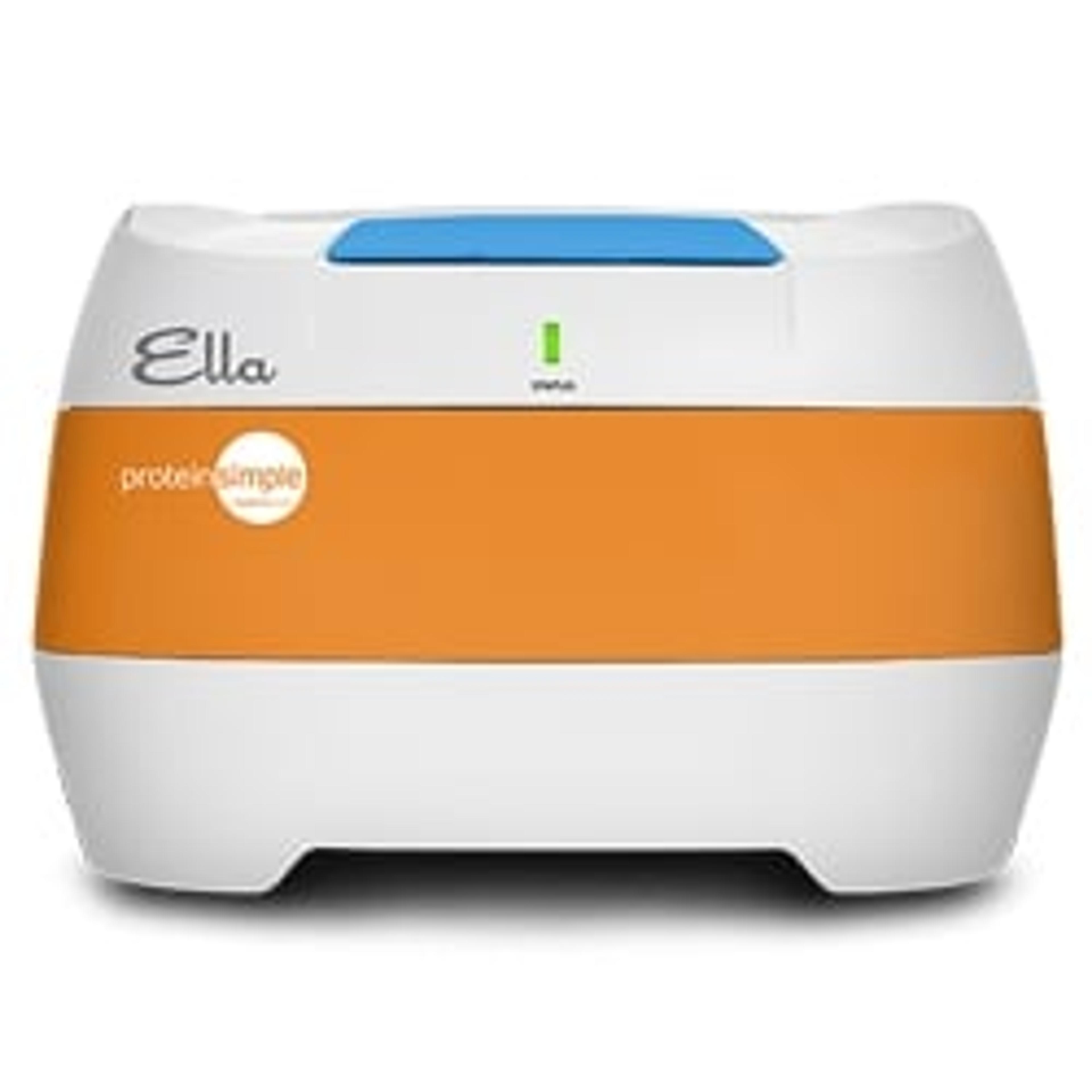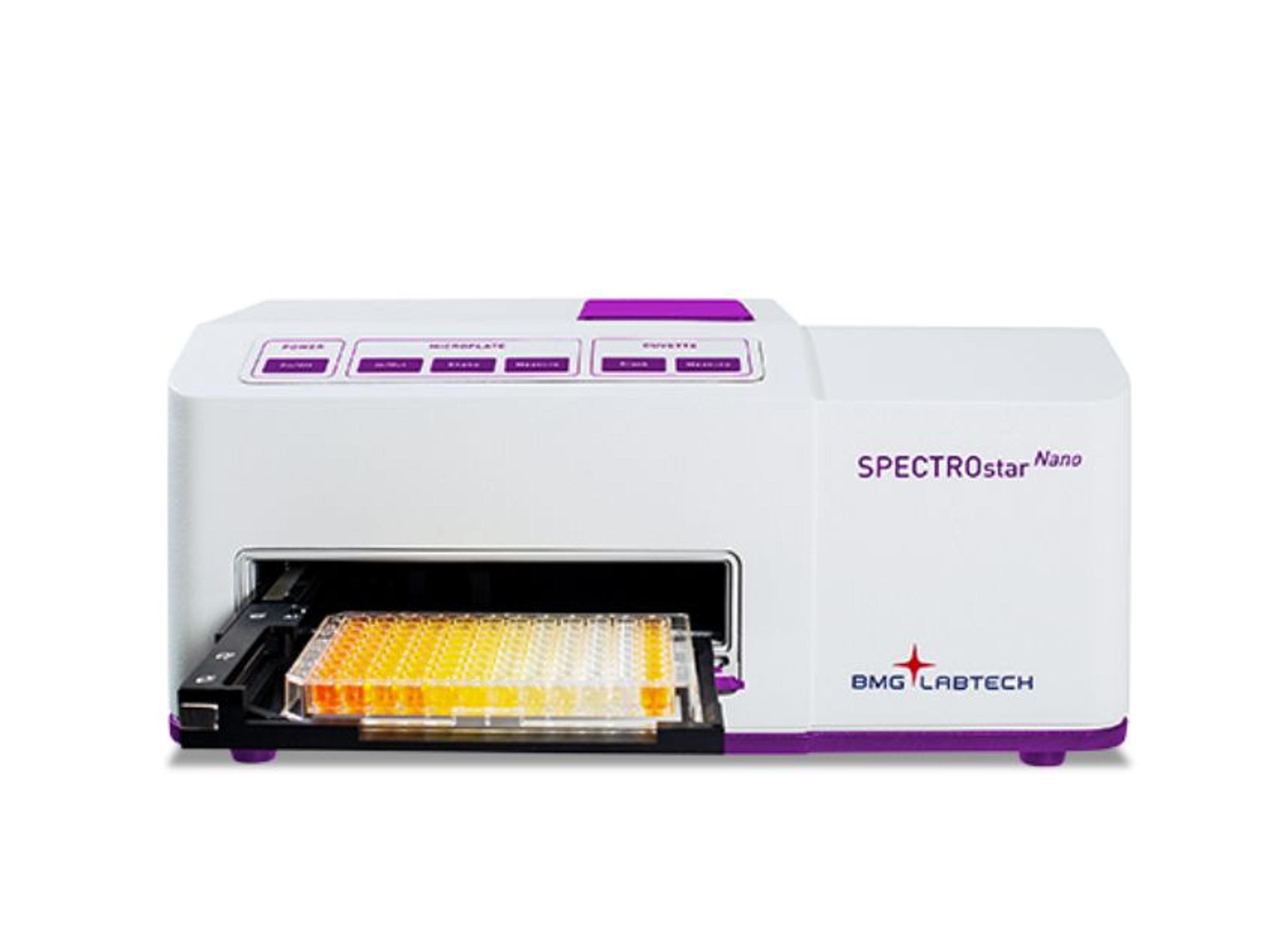Biomarker research – Immuno-oncology, COVID-19, proteomics and more
Trends in biomarker discovery methods and novel techniques advancing research, clinical diagnostics and therapeutic development
1 Dec 2020

Biomarkers include biological molecules — for example, cells, proteins, hormones, metabolites or gene sequences — that can be measured samples to identify a biological state. This makes their study of particular interest for disease pathogenesis, with possible applications in diagnosis and prognosis, as well as in drug discovery and development for monitoring the effects of treatments.
Typically measured in tissue or fluid samples, the search for novel biomarkers holds the potential for earlier and less invasive disease diagnosis, for example through liquid biopsies, and is also a key focus for patient stratification and precision medicine approaches. With a wide range of potential biomarkers, numerous laboratory techniques play a role in biomarker discovery and research. In this new special feature, we take a look at some of the latest technologies advancing immunoassay development, imaging, mass spectrometry and whole-genome sequencing, and the researchers at the forefront of metabolomics, neuroscience, immuno-oncology and COVID-19 studies.
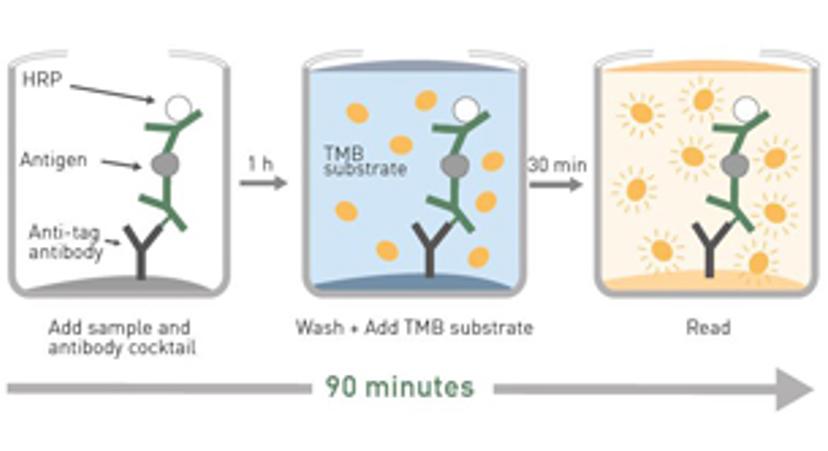
IMMUNO-ONCOLOGY: Biomarker measurement with high sensitivity and speed
Achieve fast and easy detection of predictive and pharmacodynamic immuno-oncology biomarkers with the SPECTROstar® Nano absorbance plate reader from BMG LABTECH.
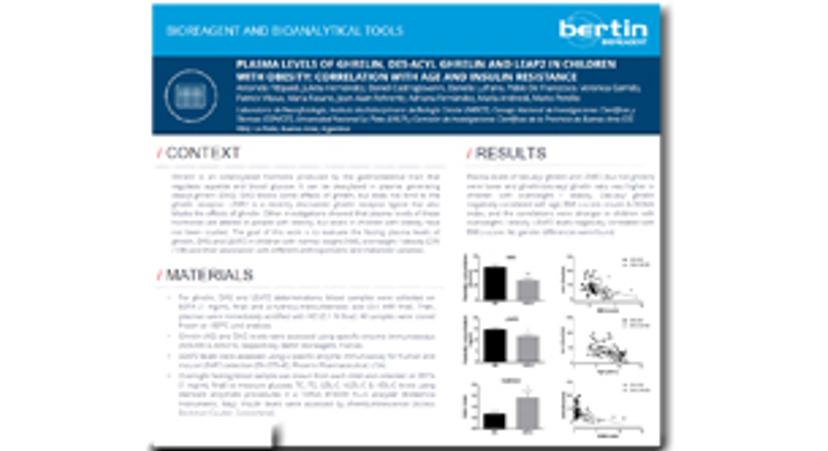
CASE STUDY: Correlation of ghrelin and insulin resistance in children with obesity
Learn how Bertin Bioreagent kits enable reliable measurement of acylated & deacylated ghrelin and LEAP2 in plasma, and why these biomarkers are important in the context of childhood obesity.
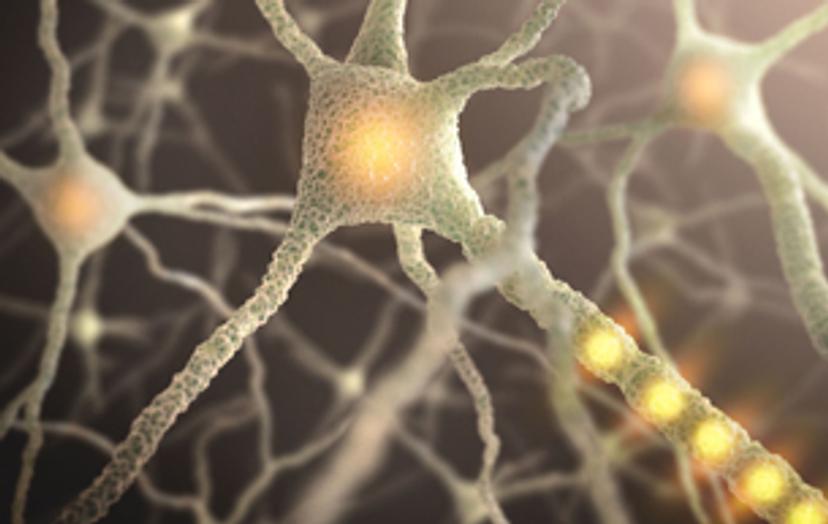
NEUROSCIENCE: Robust and reproducible NF-L quantitation in serum and plasma
Discover a reproducible, sensitive method for the detection of neurofilament light (NF-L) in serum, plasma and CFS samples using ProteinSimple's Simple Plex NF-L Assay and Ella platform.
Scientists advancing biomarker discovery
Metabolomics: Dr. Michel Boutin, Waters-CHUS Expertise Centre in Clinical Mass Spectrometry, discusses an untargeted/semi-targeted metabolomic approach to biomarker discovery for lysosomal storage disorders. Read article>>
COVID-19: Dr. Ed Emmott, founder of The Emmott Lab & COVID-19 Mass Spec Coalition member, discusses mass spectrometry-based methods to advance diagnostics, prognostic biomarkers, and treatments for the COVID-19. Read article>>
Clinical proteomics: Prof. Leo Joosten, Radboudumc, describes research to identify biomarkers to predict patient risk of COVID-19 and discusses the high-throughput multiplex immunoassay technology enabling this vital work. Read article>>
Respiratory health: Dr. Jeremy Hirota, McMaster University, talks to SelectScience about his work to develop an internationally recognized translational research program for respiratory health, focusing on lung health and disease, and shares how RNA in situ hybridization multiplexing technology has been used to profile and identify a variety of biomarkers. Read article>>
Immunotherapy: Dr. Ofer Sharon, CEO of OncoHost, discusses the company’s novel platform, based on plasma-based proteomic profiling, designed to analyze and predict patient response to immunotherapy treatment. Read article>>
Prostate cancer: Dr. Nallasivam Palanisamy, Henry Ford Cancer Institute, discusses his discovery of the first pseudogene-associated recurrent gene fusion in cancer, the use of next-generation transcriptome sequencing (NGS) and RNA in situ hybridization in this work, and potential applications of this biomarker beyond prostate cancer. Read article>>
Breast cancer: Prof. Tone Frost Bathen, MR Cancer Group, discusses NMR-based metabolomics research in breast cancer, covering aspects in the analytical pipeline to enable identification of prognostic and predictive biomarkers. Read article>>
Neuroscience: Prof. Theodore Price and Dr. Stephanie Shiers, University of Texas at Dallas, describe how novel RNA in situ hybridization technology can be applied to the analysis of human and rodent peripheral nervous system tissue to better understand the molecular mechanisms of pain. Read article>>
Precision medicine: Dr. Sally Price, Medicine Discovery Catapult, guides us through the current developments around biomarkers within drug discovery, challenges associated with the field. Read article>>
Imaging cancer: Prof. Josephine Bunch, National Physical Laboratory, describes the different mass spectrometry imaging techniques to map tumor metabolism in far more detail than ever before. Watch video>>
Ion mobility mass spectrometry: Prof. Ian Wilson, Imperial College London, and Prof. Kostas Thalassinos, University College London, highlight the benefits of ion mobility mass spectrometry (IM-MS) for metabolic and lipid profiling. Read article >>
Related resources: Our library of eBooks
- Guide to LC-MS for life sciences. Download eBook>>
- How to find the right multiplex assay technology for your lab. Download eBook>>
- RNA in situ hybridization application guide for single-cell analysis. Download eBook>>
- User guide to simplified & optimized multiplexing cell analysis. Download eBook>>
- How to buy flow cytometers for screening. Download eBook>>
- Find your next microplate reader. Download eBook>>
- Streamline sample preparation with positive pressure processing. Download eBook>>
Your recommendations
Find out what researchers around the world are saying about the products they use! Dr. Niccola Funel, of the University Of Pisa, shared this review of the SPECTROstar Nano® Absorbance Plate Reader by BMG LABTECH.
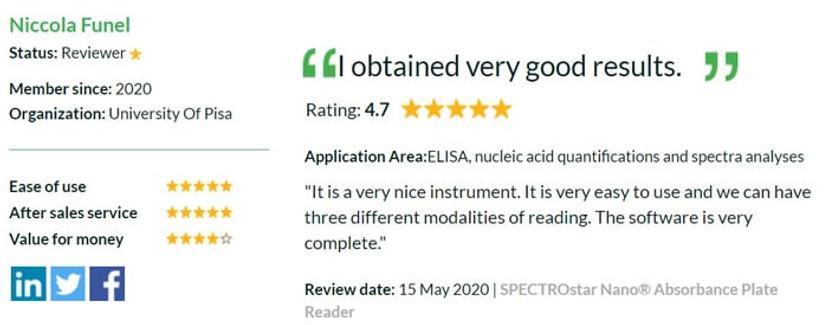
For more of the latest news, straight to your inbox, become a member of SelectScience for free today>>

